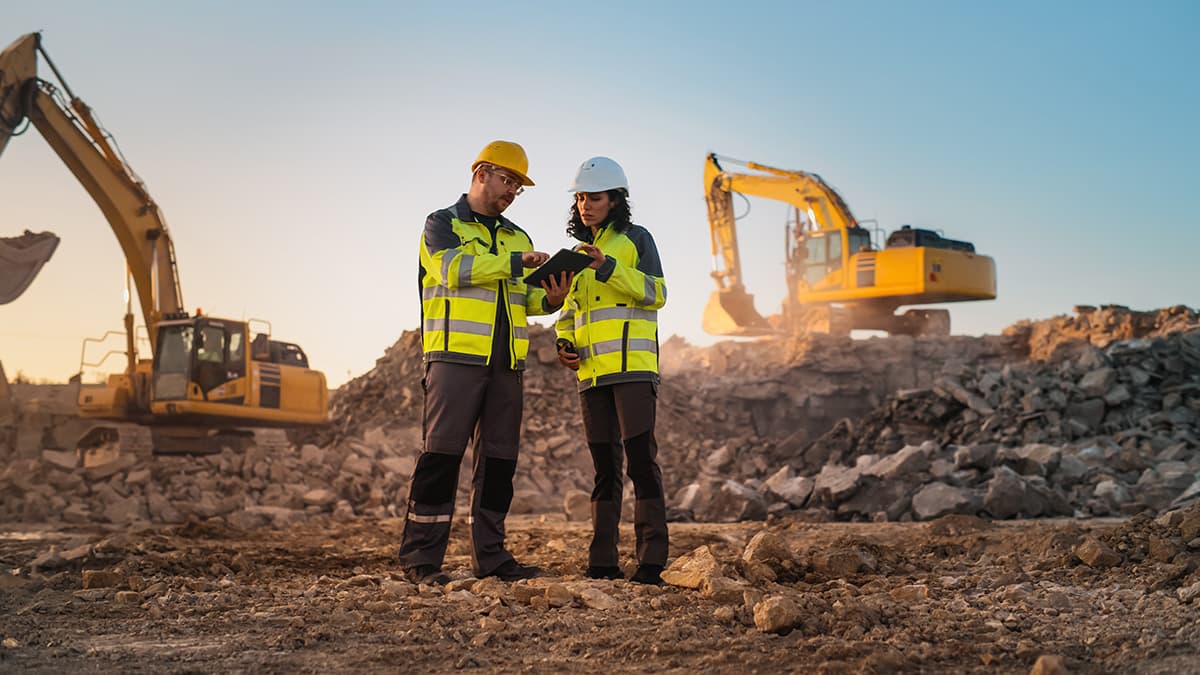.jpg)
Just when the world is debating on the future of work on the Metaverse, EY, one of the Big Four global accounting companies has moved its wavespace into it. EY wavespace, a team collaboration tool that lets customers join meetings with the company’s personnel from several places around the world, will now include immersive experiences, allowing customers to interact in VR environments. EY which manages around 300,000 employees across 150 countries, had already forayed into the Metaverse with the establishment of a Metaverse lab that allows customers to receive consulting in areas such as 3D design, web animation, game development, art direction, and human experience design.
EY’s big bets on the Metaverse has reignited the debate on how the future of work will play out in this 3D, embodied world. Metaverse draws on an ensemble of technologies, primarily Augmented Reality (AR), Virtual Reality (VR) and Mixed Reality (MR). Since these technologies capture rich biometric data, facial gestures and movements, it has flagged concerns on breach of user privacy and stoked fears of greater surveillance of employees by employers. While privacy worries can’t be discounted, it is better to have a farsighted view of the Metaverse. Reimagining the future of work with Metaverse is rewarding if we unlock its opportunity and creativity instead of certainty.
Tuning in to Metaverse for Work
When done right, Metaverse will increase teleworker camaraderie, improve collaboration, speed up training, reduce the need for office space and make work a happier place in general. In its virtual, 3D ambience, Metaverse offers many advantages. It’s massively scalable, interoperable, provides synchronicity and persistence alongside continuity of data, identity, history, entitlements, objects and payments across worlds. Metaverse can disrupt the world of work in four major ways- new immersive forms of team collaboration; the emergence of new digital, AI-enabled colleagues; the acceleration of learning and skills acquisition through virtualization and gamified technologies; and the eventual rise of a Metaverse economy with completely new enterprises and work roles. Metaverse can also revolutionize training and skills development, drastically reducing the time and effort required to learn and develop new skills.
.jpg)
Benefits of Metaverse in the Workplace
Simulating co-presence:
There is an increase in employee separation, with employees working at home or in different offices. It is possible to simulate the social interactions we are used to experiencing in life meetings and events through new Metaverse experiences.
Enhancing teamwork and collaboration: New Metaverse experiences make collaboration even better than in the real world. It can result in increased productivity too.
Fostering company culture:
Remote work models in a post-pandemic world mounted challenges for companies to seamlessly transmit culture to new joinees. Metaverse presents an entirely novel way for people to connect socially. The new appointees can be integrated with the existing company folks without ado in a shared, immersive virtual environment.
Assessing operations:
By using the Metaverse, executives could visit factories, distribution centers, and construction sites located on the other side of the city or the world, assessing the current state of affairs, simulating the effect of changes, and collaborating with faraway employees.
Reducing office costs:
The broader adoption of Metaverse platforms could increase employee engagement irrespective of where they are. This will help savvy enterprises attract needed talent without worrying about the physical offices.
.jpg)
There are challenges too…
Metaverse fatigue:
In a recent German study, translating desk-based tasks into VR for a week revealed extensive ergonomic issues. Two out of 16 participants dropped out due to simulator sickness, while the others suffered from reduced performance, eyestrain, and frustration.
Diminished diversity and inclusiveness:
Creating an equal opportunity, diverse and inclusive environment is challenging enough in the physical world. There are already examples of sexual abuse and harassment of avatars of women in the Metaverse.
Security and privacy threats:
Enterprises will also need to address new security threats and privacy issues in the Metaverse. AR, VR and MR technologies capture rich biometric data, facial features and unique gestures. If not secured, these could be used to steal identities and even create invasive deep fakes.
What’s the Way Ahead?
Metaverse adoption can gain strides if sensitive user data is protected and privacy concerns are meticulously addressed. Enterprises switching to this new, immersive digital work environment should also make sure that they don’t go overboard on worker surveillance and control. Metaverse for work can be more acceptable and compatible if technologies like AR/VR can go beyond simulating real life to embody emotions. SoulMachines, a New Zealand-based technology start-up, is working to create lifelike, emotionally-responsive digital humans. Metaverse treading on the emotions frontier is a great leap for the future of work. The future of a connected us too.


























































We will verify and publish your comment soon.